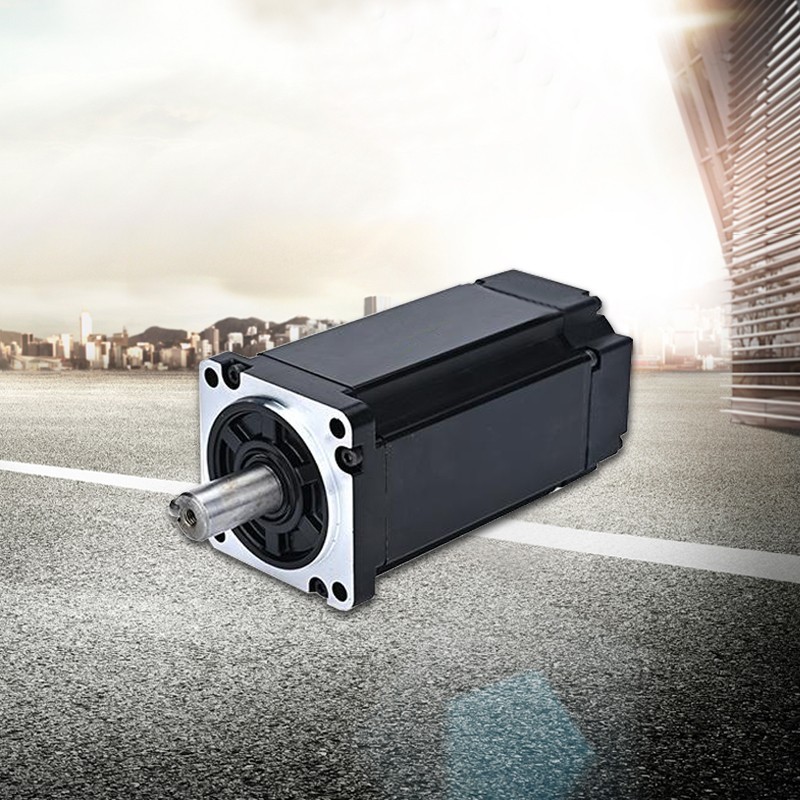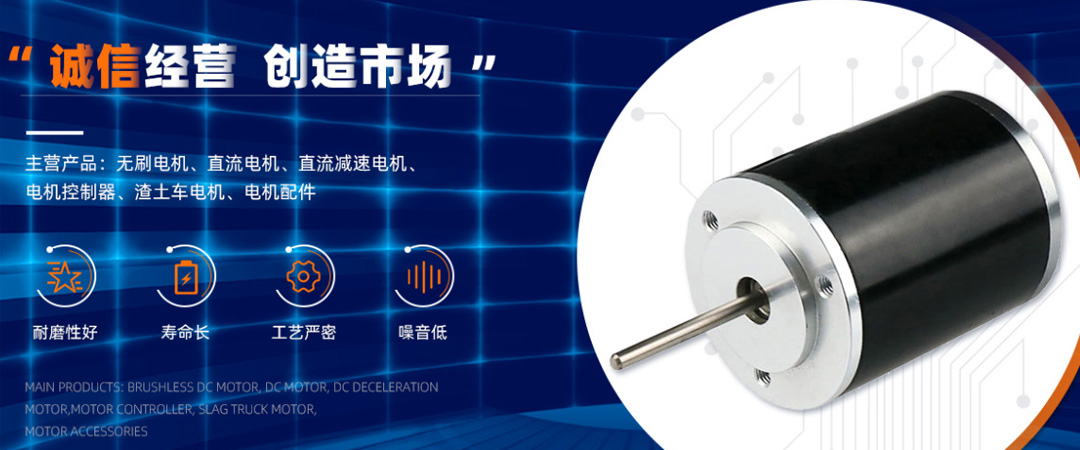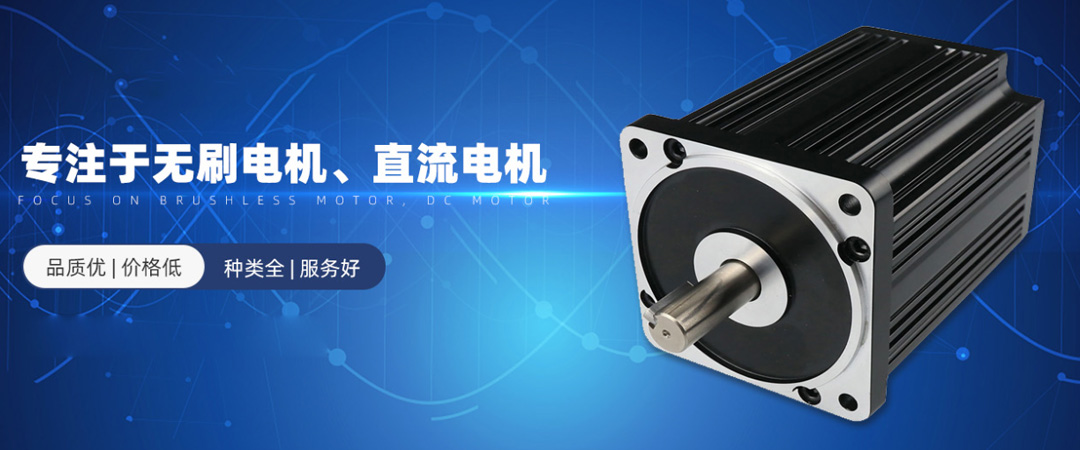What is the difference between brushless motors and carbon brush motors in drone aerial photography
Both brushless motors and carbon brush motors belong to DC motors; The difference between the two is as follows:
Brushless motors are used in equipment with high control requirements and high speed, such as aircraft models, instruments, etc., where strict control of motor speed is required and the speed reaches a very high level. Carbon brush motor power equipment uses brushed motors, such as hair dryers, factory motors, household range hoods, etc. In addition, the speed of series motors can also reach a high level, but due to the wear of carbon brushes, their service life is not as long as brushless motors.
The service life of brushless motors is in the order of tens of thousands of hours, but due to different bearings, the service life of brushless motors also varies greatly. Carbon brush motors usually have a continuous working life of several hundred to over a thousand hours. When they reach use, the carbon brush needs to be replaced, otherwise it is easy to cause bearing wear.
Brushless motors are controlled by digital frequency conversion, with strong controllability. They can easily achieve speeds ranging from a few revolutions per minute to tens of thousands of revolutions per minute. Carbon brush motors generally have a constant working speed after starting, and speed regulation is not very easy. Series excited motors can also reach 20000 revolutions per minute, but their service life is relatively short.
The noise aspect is not related to whether there is a brushed motor, but mainly depends on the fit between the bearings and the internal components of the motor. The parameter indicators of a model brushless motor, in addition to external dimensions (outer diameter, length, shaft diameter, etc.), weight, voltage range, no-load current, etc., also include an important indicator - KV value. This value is a performance parameter of a brushless motor and an important data for judging its performance characteristics.
Editor: ZiYu
Brushless motors are used in equipment with high control requirements and high speed, such as aircraft models, instruments, etc., where strict control of motor speed is required and the speed reaches a very high level. Carbon brush motor power equipment uses brushed motors, such as hair dryers, factory motors, household range hoods, etc. In addition, the speed of series motors can also reach a high level, but due to the wear of carbon brushes, their service life is not as long as brushless motors.
The service life of brushless motors is in the order of tens of thousands of hours, but due to different bearings, the service life of brushless motors also varies greatly. Carbon brush motors usually have a continuous working life of several hundred to over a thousand hours. When they reach use, the carbon brush needs to be replaced, otherwise it is easy to cause bearing wear.
Brushless motors are controlled by digital frequency conversion, with strong controllability. They can easily achieve speeds ranging from a few revolutions per minute to tens of thousands of revolutions per minute. Carbon brush motors generally have a constant working speed after starting, and speed regulation is not very easy. Series excited motors can also reach 20000 revolutions per minute, but their service life is relatively short.

The noise aspect is not related to whether there is a brushed motor, but mainly depends on the fit between the bearings and the internal components of the motor. The parameter indicators of a model brushless motor, in addition to external dimensions (outer diameter, length, shaft diameter, etc.), weight, voltage range, no-load current, etc., also include an important indicator - KV value. This value is a performance parameter of a brushless motor and an important data for judging its performance characteristics.
Editor: ZiYu



